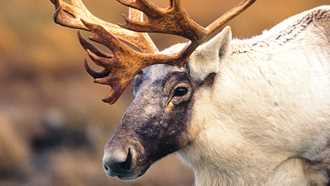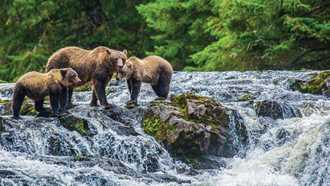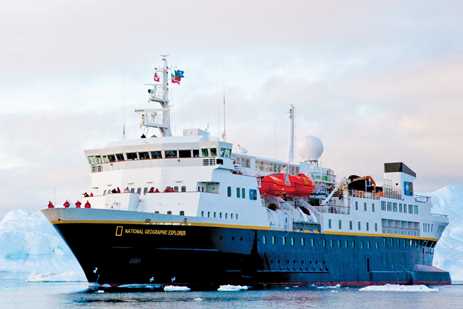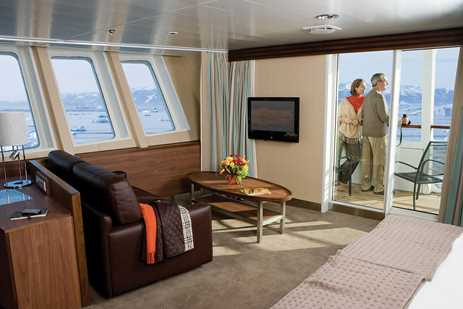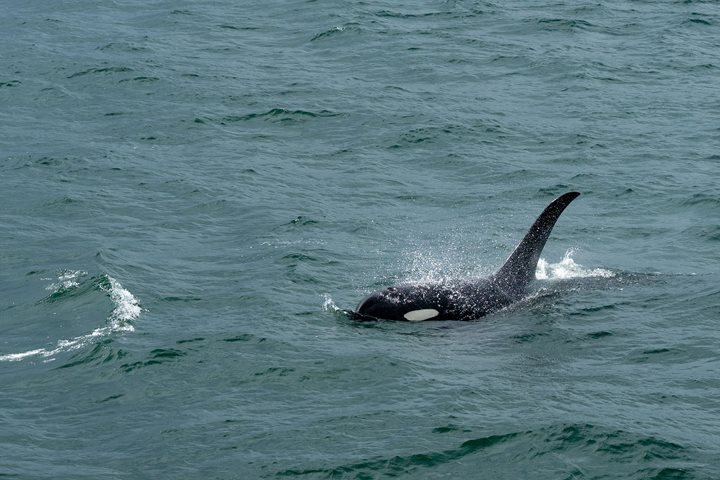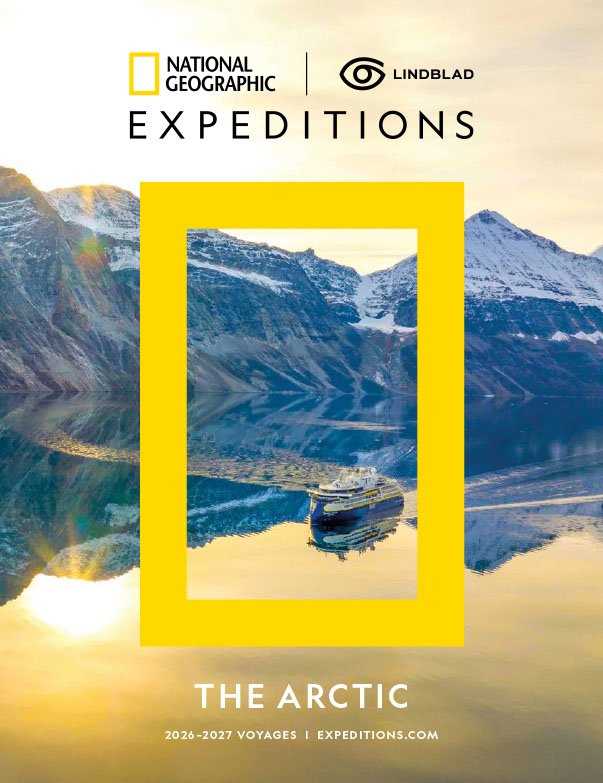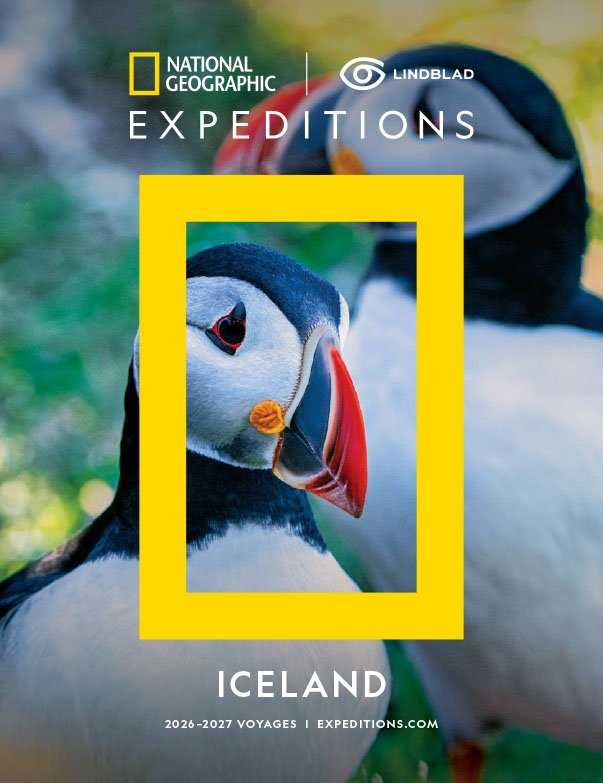Expedition Leader
Veteran expedition leaders are the orchestrators of your experience. Many have advanced degrees and have conducted research or taught for years. They have achieved expedition leader status because they possess the skills, the experience, and the depth of knowledge necessary to continually craft the best expedition possible for our guests.
Read More






